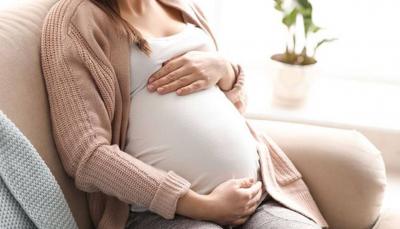It seems that a woman has to pay the price when she decides to give birth and become pregnant. According to a new study published in doctissimo, women who have given birth once or more show signs of aging at a greater rate compared to those who have not given birth.
How does childbirth affect a woman's appearance? Motherhood not only leads to the growth of gray hair but also, according to a new study, the entire body is impacted by pregnancy. Researchers found that pregnant women show signs of aging at higher rates compared to women who have never been pregnant, and this process accelerates with each subsequent pregnancy.
The researchers examined a group of 1,700 Filipino women aged 20 to 22 in 2005, taking blood samples and gathering information about how many times they had given birth. The blood samples were analyzed to confirm biological factors that could be associated with aging, especially changes in DNA. It was revealed that women who had been pregnant at least once appeared biologically older compared to women of the same age who had never been pregnant.
Pregnancy was found to age women faster by an average of 4 months to a year, with a rate of about 3% more per year for pregnant women compared to those who had not given birth. The rate of aging increases with each new pregnancy, with women who have given birth multiple times aging approximately 5 months faster compared to those who have been pregnant fewer times, indicating an aging rate increase of 2% per year for each pregnancy.
To ensure that the relationship between pregnancy and aging was not influenced by other factors that might contribute to signs of aging, such as smoking, exposure to pollution, and socioeconomic status, the same criteria were applied to men. However, the study indicated that childbirth had no impact on men in terms of contributing to rapid biological aging.
How does pregnancy affect biological age? Researchers believe that there is a link between pregnancy and its physical impact on women regarding their energy levels. The body seems to have particular functions but is forced to perform some of them at an increased effort, which raises the challenges for the woman. The energy required to perform these functions inevitably increases the burden on the body. Furthermore, it was found that symptoms associated with aging diminish after the end of pregnancy and their pace decreases, especially during breastfeeding.




